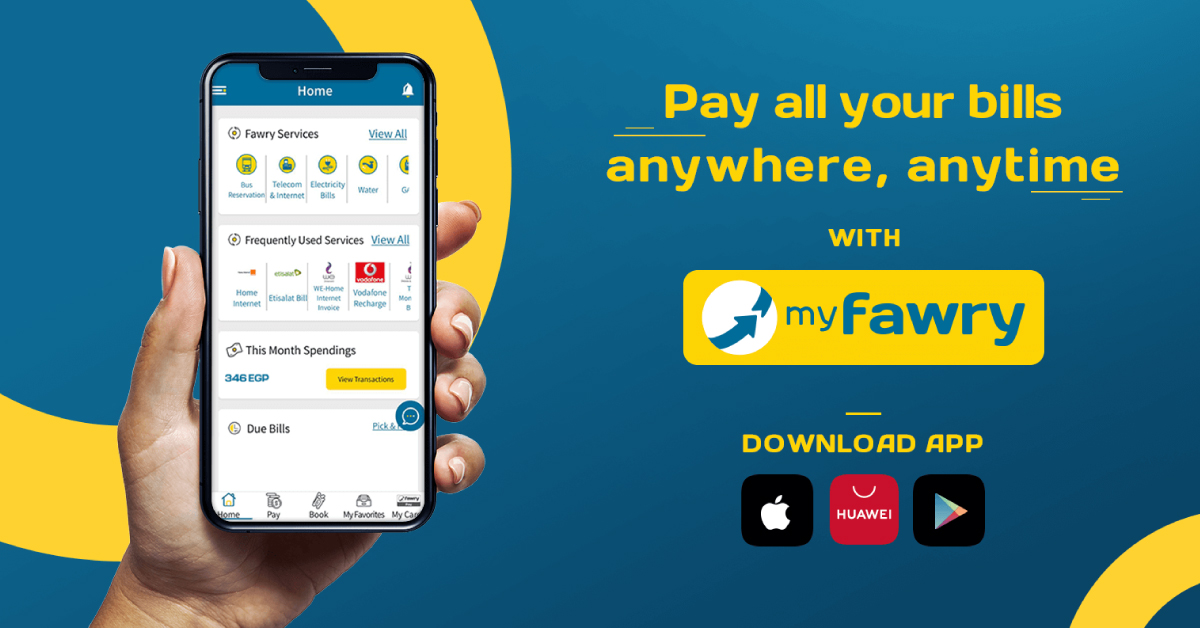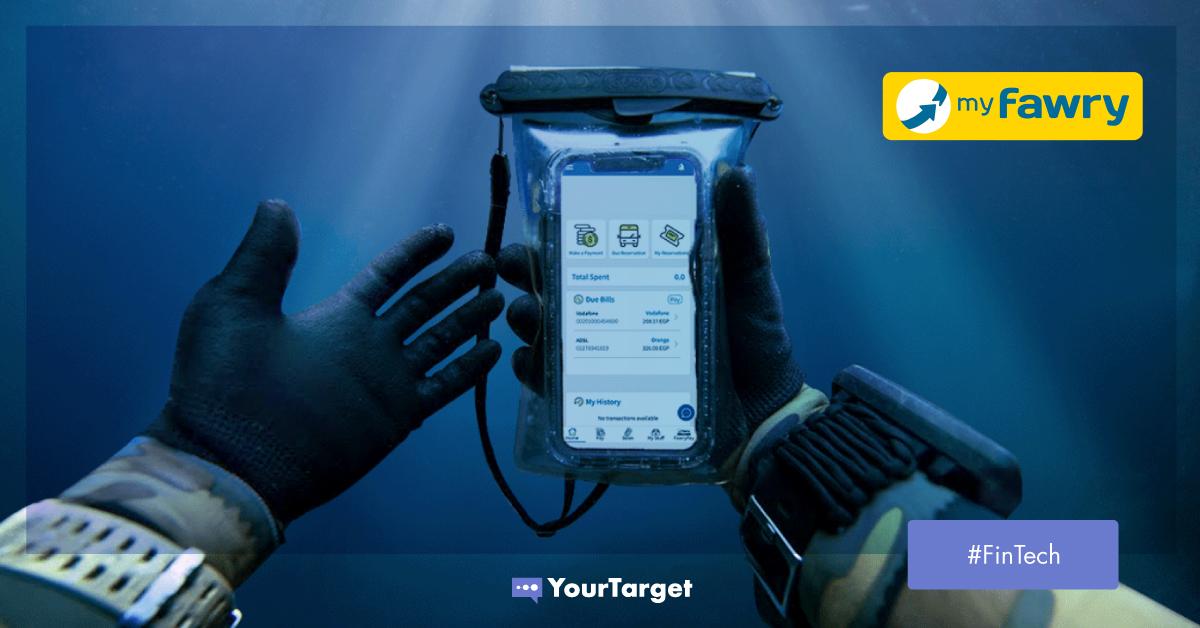Can you think about any better combination than money and convenience? Well, there is NONE. If there was a fruitful time to invest in FinTech app development, it is now more than any other day and age. The COVID-19 mania has got industries grappling for some sort of leverage to survive the crashing waves of disruption, innovation, and digital transformation. Things have taken an altogether new turn, the top of the list being handling money more responsibly and conveniently – as an individual and a company, both.
Given the transformed behaviour of customers evident from the fact that, according to PR newswire, the global FinTech market is projected to reach $305 billion by 2025, you’ve got to take the leap. Developing a mobile-friendly website and app for a FinTech startup is not exactly pick-and-shovel. With a little bit of everything – knowledge, experience, inspiration, and professionals – you can develop the best FinTech app that edges over the competitors and meets the evolving demands of consumers.
Here, I have extracted valuable insights from a top-of-the-ladder FinTech app, myFawry, alongside preparing an actionable guide that takes you through the process in brief detail. Excited already? Let’s dive in!
myFawry App Case Study: Insider Story and Causes of Success
Like a bulb that comes on, myFawry app was a baby vision of Ashraf Sabry – an Egyptian technology expert – to transform the payment processing and transaction tracking in a country that boasts daily traffic congestion and complex procedures. It was 2007 that Fawry came to being, introducing electronic bill payment across only 5,000 service points, and immediately caught the spotlight.

Only one year later in 2008, Fawry had garnered the interest of many investors including top regional organisations and Fortune 500 companies. The rest, as they say, is history. Today, in 2021, Fawry’s Egyptian Stock Exchange (ESX) is at a $1.9 billion market valuation.
Here are some jaw-dropping numbers to give you a clearer idea of how Fawry has taken it off.
- By June 2021, the app had been downloaded over 3.5 million times.
- It facilitates transactions worth around $105 million annually.
- There are currently 225,000 service points across 300 cities, with 1,1860 different services (starting from only 5000 service points)
And just recently;
- It got featured on Forbes’ Top Fintech App in the Middle East List at #1.
Besides the fact that myFawry got developed and nurtured during a time when services like digital banking and digital retail, to name a few were being coveted; there are a few more winning factors that drove it to secure the first spot.
Some insights recognised by the C-suit officials themselves;
- The app is developed on high technology and based on service-oriented architecture (SOA) standards.
- Its prime service model is extremely scalable.
- The security is top-notch, such as being certified for PA-DSS, IFX, ISO27001, and other standards.
- Easy access through many channels compared to other competitors.
- Numerous services to speak of – from electronic bill presentment and payment to alternative digital payments and omni-channel acceptance to supply chain payments, agent banking services, digital SME lending, to name a few.
- High ability to cope with quick market changes – fast (just what we need right now).
- Excellent app, website, and super-friendly customer service.
The seventh point is arguable, but it certainly compounded over to its remarkable success. And it neatly brings us to the goal of this article; how to create a FinTech App (and website).
How to Create A FinTech App: A Step-By-Step Guide
For the record, building a FinTech app is more challenging than a website, which is why we’ll crack the former because any experienced web developer can design the latter.
Step 1: Choose Your Niche Wisely
Financial technology is an umbrella term encompassing several financial services that it makes easier with the help of tech. You have to start with selecting a niche first – personal finances, trading, insurance, banking, etc.

There are two ways to choose a proper niche; one, you can generate ideas and see where all of them fit amongst the FinTech categories; or two, you can investigate each niche and see how else they can be enhanced.
A pro tip, focus on areas where you can improve existing complex solutions to attract big investments.
Step 2: Sort Out Legal Requirements
Although understood, this step is very crucial before you invest your time and energy into building the app. Different countries have different legal requirements, but your app must comply with certain privacy laws by all means, such as KYC (Know Your Customer), AML (Anti-Money Laundering), PCI DSS (Payment Card Industry Data Security Standard), and more.
Work through this step carefully to have it properly sorted out.
Step 3: Define A Future Vision
After getting done with choosing a niche and settling legal requirements, plan ahead for the future. The first task is to do market research to find out what your competition is doing, and what they are lacking. Get to know your target audience around the same lines.
Next, partner up with a Business Analyst and Product Manager to define your app’s key features, structure the vision of your solution and develop a strong business case. Using external help, you’ll not only get the warranty of your vision but also conclude on a final business case that is user-oriented, and nearly fail proof.
A pro tip for this step is to get into the shoes of an angry, worst-user of your app who is about to delete it. But you stop in the nick of time. What made you rethink your decision? This part will help you identify key features that may include simplified UI, Data VisualiSation, Gamification, Automation, Application Tours, etc.
Step 4: Develop A Minimum Viable Product
A minimum viable product, also called MVP in short, is the final draft of the application before the real product goes live.

The MVP has enough components and features to test waters with targeted users, giving a chance to analyse it for weaknesses, incorporate feedback, and potentially attract investors if all goes well.
Step 5: Keep on Updating
After a successful (or unsuccessful) MVP launch where you have initially marketed your product and gained early feedback, the last step of the process involves ongoing development. Bear in mind that any application, top of all FinTech, demands intermittent updates and improvements from your end.
Once you start getting the feedback, look for ways to incorporate them within the app. Keep your team alert and speedy to politely communicate with your early clients – you’ve got to hold onto them with a vice like grip! PayPal, the United States’ biggest FinTech application, popularly lacks adequate customer service that should have been made to measure their scale.
Parting Shot
As it is established that the FinTech industry is thriving with no competition in sight, that’s your cue to strive to become a forerunner instead of a spectator. Tap into trending technology stacks, choose a programming language from native app to cross-platform, and consider joining the ongoing revolution with our brief yet value-packed guide above.
It took 14 years for myFawry to climb up at number one. However, it can take you only a few years with solid domain experience, a tech-savvy team, and excellent marketing of your product to gain your due recognition.
Need someone to hand over the marketing bit so you can focus on app development? Book a FREE consultation with YourTarget to see how you can cut through the thick and establish your online presence at the earliest stage of your startup.
